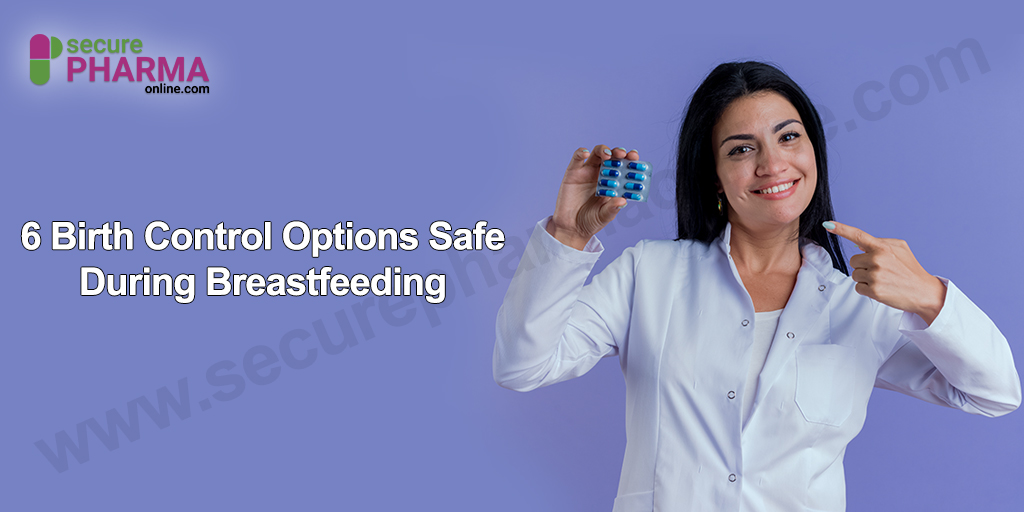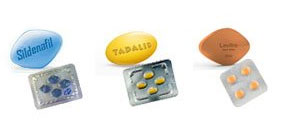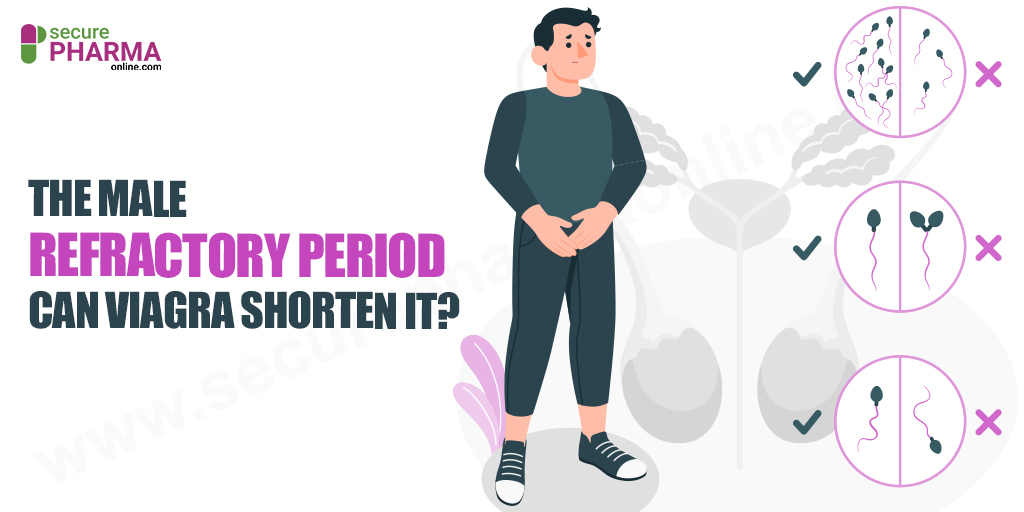6 Birth Control Options Safe During Breastfeeding

There are fewer chances of getting pregnant if you are breastfeeding. The risk of conceiving is lower only till 6 months after childbirth. But it is difficult to depend on this birth control method. This is because for breastfeeding to work as contraception, you have to do the following:
- Feed the baby after every 4 hours in the day
- Feed the baby every 6 hours at night
- You must not give any other supplement to the infant
- Thus, your baby must not eat anything apart from the breast milk
This will trigger ovulation. If you do not conceive here, then after 2 weeks, you will get the first period. But it is not always possible to understand if ovulation has taken place. So, the risk of pregnancy is still present in this case. Also, this birth control method does not work when your period returns.
So, if you want to avoid pregnancy when breastfeeding, talk to the doctor for birth control options. It is best to not go for contraceptives that contain the hormone estrogen. This hormone can lower the milk supply in mothers. But this is nothing to worry about. There are several options to prevent pregnancy.
In this post, we will discuss safe birth control alternatives during breastfeeding. Give this post a read further to know more.
-
Mini-pill
Combination pills contain the hormones progestin and estrogen. But these pills may affect the milk supply in women. Also, these can shorten the breastfeeding duration. Those who feed their child milk from breasts can rather look for a mini-pill. These contain only the hormone progestin.
Mini Pills are safer for females during breastfeeding. These come in a 28-pill pack. So, you may not get bleeding every month. Instead, the possibility of irregular bleeding and spotting exists till your body adjusts to the dose. You can start with this oral contraceptive course anywhere between 6 and 8 weeks after childbirth.
As a birth control, the efficacy rate of the pills is 85% to 99.7%. To get the best from the mini pill, take one pill at the same time every day. Do not miss the timing or miss any dose. This will ensure the hormone levels remain steady. Some of the side effects are ovarian cysts, lower libido, and irregular bleeding.
-
Intrauterine Device (IUD)
IUDs are long-acting reversible contraception (LARC). These are most effective in restricting a pregnancy. Their success rate is 99%. If you want to conceive, then get the IUD removed before trying for pregnancy. There are two types of IUDs – hormonal and non-hormonal. Here is more about both these contraception products during breastfeeding:
A) Hormonal IUD
The hormonal ones contain progesterone in synthetic form (progestin). And these are available on prescription. The IUD thickens the cervical mucus. This makes it harder for the sperm to reach a mature egg or the uterus. Some of the options are:
- Kyleena and Mirena, both offer protection for up to 5 years
- Liletta and Skyla, both offer protection for up to 3 years
A doctor will insert the plastic device (T-shaped) into the uterus. This will eliminate the possibility of fertilization. But there is a risk of infection as a foreign particle is going inside the body. So, an IUD is not suggested to females who have several sexual partners. The hormonal intrauterine device can stop periods or make them lighter.
B) Copper IUD (Non-Hormonal)
You can even opt for a non-hormonal IUD – Paragard. It is a Copper IUD that disrupts the movement of sperm. So, the Copper IUD can stop fertilization as well as implantation. The device offers protection from pregnancy for up to 10 years. But your physician will not suggest this option if you get a heavy period.
This is because Copper IUDs can give a person longer and heavier periods. Also, you may encounter strong cramping. An advantage here is that such an IUD can be placed soon after delivering the baby or when breastfeeding. But you can wait until the postpartum bleeding goes away in 2 to 6 weeks.
Sometimes, an IUD can displace if placed too soon in the uterus. Or, it may also raise the risk of infections. Some of the side effects are heavy or irregular bleeding, cramping after insertion, and spotting between periods. But these may fade in the initial 6 months of insertion.
-
Implant
Another LARC is the birth control implant. It has a 99% efficacy rate even during breastfeeding. It is also available on prescription. It is a rod-shaped device. It is as small as a matchstick. The doctor inserts the same underneath the skin. The preferable location is the upper arm.
The implant can grant pregnancy protection for up to 4 years. This product contains progestin. It disallows the ovaries from releasing a mature egg. Also, it makes it harder for the sperm to reach the egg. This happens by the thickening of the cervical mucus.
You can opt for an implant immediately after delivering the child. Also, if you wish to conceive, you can get it removed. Some of the risks include unusually heavy vaginal bleeding. Or, pain in the arm that stays for a prolonged time. Or, there are signs of infection such as chills and fever. But such complications are rare.
-
Barrier Methods
A barrier method does not allow the sperm to enter the uterus. Thus, it avoids the possibility of egg fertilization. They do not contain hormones. So, there is no risk of milk supply depletion. Also, you can use it as soon as it is safe to have penetrative intercourse. These are available over-the-counter. Also, there are plenty of options.
A) Condoms
There male as well as female condoms. They block sperm from coming in contact with the vagina. There are latex and non-latex versions. Some are lubricated, some non-lubricated. There are spermicidal ones as well. Condoms can also protect against sexually transmitted infections (STIs).
On perfect use, the efficacy rate is 98%. But this means the condom should be on at all times of genital contact. Also, this must not slip, break, or leak at any point of the intercourse. The effectiveness is up to 82% on typical use. For better protection, you can use minipills, spermicide, or natural family planning.
B) Diaphragm
You have to put it in the vagina for up to 2 hours before intercourse. It is a small cup made from silicone. It is safe for use during breastfeeding. It prevents the sperm from entering the uterus. You have to fit the Diaphragm over the cervix. A doctor will do the needful. After delivery, the cervix may change.
So, the old diaphragm may not fit anymore. You need to get another one as per the current cervix structure. The success rate is 60% for females who have already experienced childbirth. For added protection, use the cervical cup with spermicide.
C) Cervical Cap
You can get a cervical cap on prescription. A doctor has to fit it for you. The cap should be of the correct size to fit on your cervix. You can place this birth control product in the vagina for up to 6 hours before intercourse. The success rate is between 71% and 86%. Use it with spermicide for better protection.
D) Sponge
The sponge is a birth control product that you can choose when breastfeeding. It is a piece of polyurethane foam. You have to place it into your vagina. The method stops sperm from reaching the uterus. With typical use, the effectiveness is 88%. But it is lower for females who have experienced childbirth.
The sponge already contains spermicide. So, not only it blocks sperm but immobilizes it as well. Do not leave the contraceptive sponge inside for more than 24 hours. But leave it at least for 6 hours after penetrative intercourse.
-
Depo-Provera Shot
This is a LARC with the hormone progestin. You can remain free from pregnancy for up to 3 months at a time. The effectiveness is 97%. You need to receive the hormonal injection for birth control every 12 weeks for continued protection from pregnancy. Side effects are weight gain, headaches, and abdominal pain.
But after discontinuing the use from breastfeeding, it can take up to 10 months or more for you to conceive again. If planning for pregnancy soon after your delivery, choose another contraceptive.
-
Morning-After Pill
In case the birth control fails during breastfeeding, then try the morning-after pill. This is the last resort to prevent pregnancy. You must not use it as a regular form of contraception. It is available on prescription as well as over-the-counter. The success rate is 88%. There are two types of this product.
One of these contains estrogen and progestin. But a morning-after pill can also contain only progestin. Choose the one that is best for you. Some of the options are Plan B One-Step, My Way, Next Choice One Dose, and Take Action. The efficacy of this pill reduces with combination pills.
In this case, the success rate is up to 75% only. In breastfeeding, progestin-only pills are preferable. But if you take combination pills, there is no long-term impact on the breast milk supply. The dip, if any, is temporary, and normalizes soon.
To Conclude
Breastfeeding is a natural phase after giving birth to a baby. If you want to not get pregnant any soon when feeding your child, then opt for a safe abortion pill pack method. The above-mentioned options are good to go with when your baby is still breastfeeding you.
December 1, 2021 Eric Walton











Comments